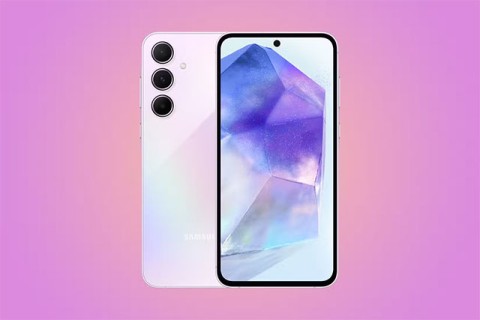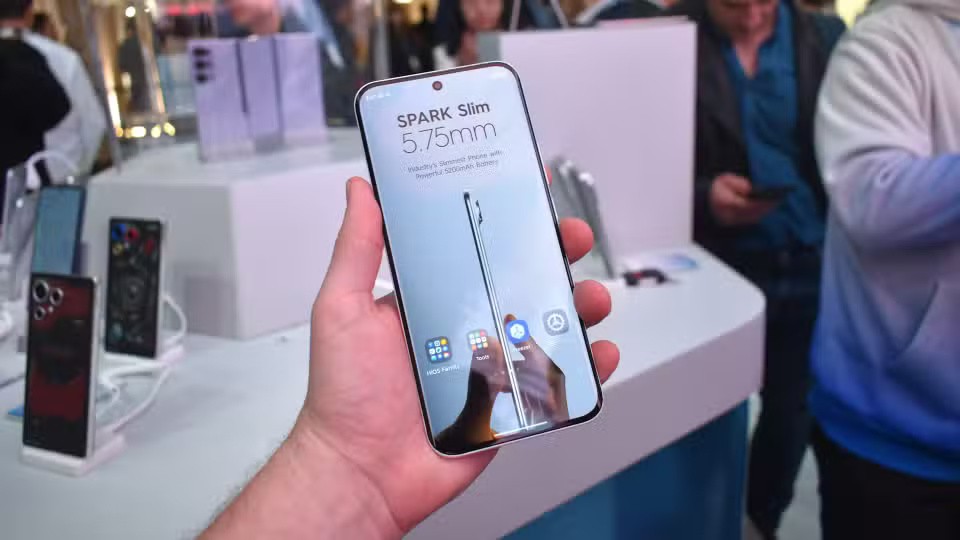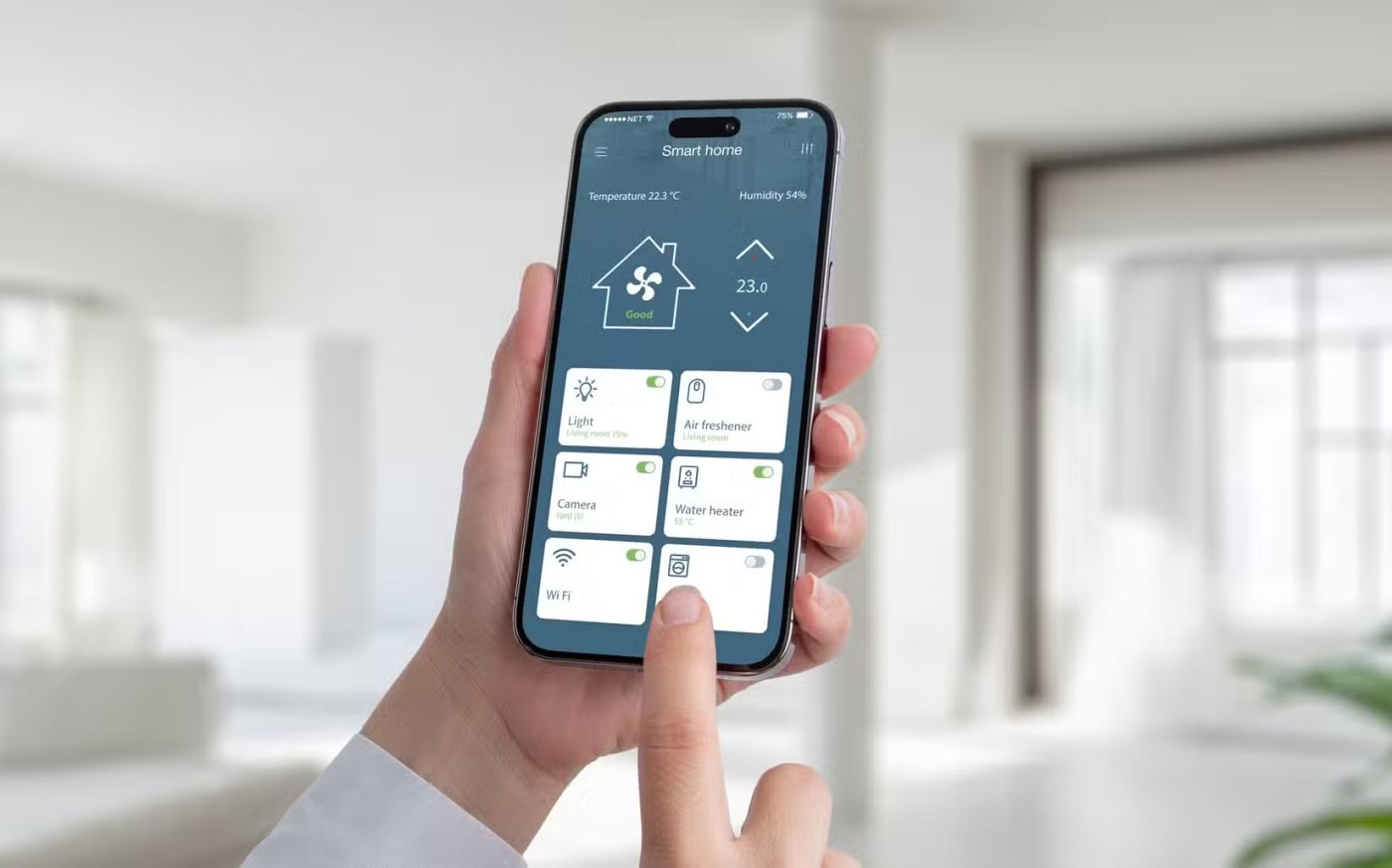9 reasons why your phone battery drains quickly
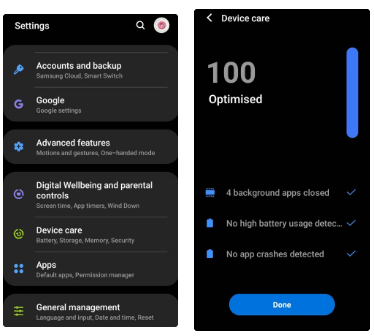
Battery is an extremely important factor in smartphone user experience.
The competition in terms of processing power or screen resolution in the smartphone world has really cooled down, now is the time for companies to compete with each other on the number of dots on the camera as well as the quality of the photos. This trend is being led by a series of Android giants such as Oppo, Huawei, Samsung, or Xiaomi.
While “image quality” is a factor that is more subjective and personal, “megapixels” is a specific quantitative number, easier to put on the scale of comparison. That is also the reason why companies are focusing so much on advertising this aspect, even causing many people to misunderstand and consider this an important factor in choosing to buy a smartphone.
After all, with today's smartphones, we can take stunning photos and videos to share with the world. But when it comes to camera megapixels, it's important to remember that more isn't always better. In fact, there are a number of reasons why you shouldn't buy a smartphone based solely on its camera megapixels.
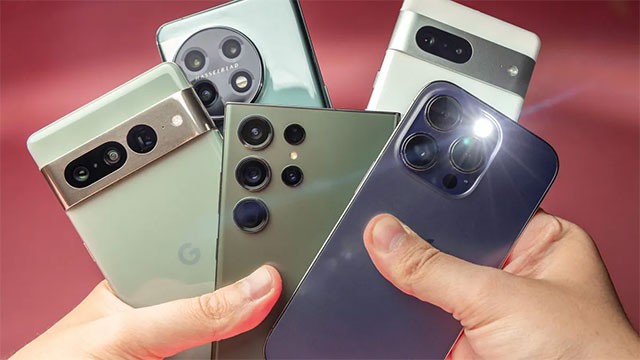
Megapixels don't tell the whole story
Megapixels refer to the resolution of the images a camera can capture, with one megapixel being one million pixels. While it’s true that more pixels can produce sharper images, the difference becomes less noticeable in certain situations. For example, a 12MP camera and a 48MP camera may not produce a noticeably different image in everyday use, especially on a smartphone screen or even a standard computer monitor. Higher resolutions are mainly beneficial for large prints or extreme zooms, which most users rarely need.
Sensor size is more important than megapixels
The most important component of a smartphone camera is the image sensor. This small chip captures light and converts it into an image. Larger sensors let in more light, resulting in better low-light performance, improved dynamic range, and richer color accuracy.
For example, the Apple iPhone and Google Pixel lines are both known for their exceptional camera performance, using sensors that emphasize quality over megapixel count. Despite having lower megapixel counts than some of their competitors, the iPhone and Pixel consistently deliver superior real-world photography thanks to the advanced sensor technology they employ.
Lens quality and aperture
Another important factor that determines the performance of a smartphone camera is the quality of the lens and the size of the aperture. The lens focuses light onto the sensor, and higher quality lenses can reduce distortion and aberrations. Meanwhile, the aperture (usually expressed as an f/ number like f/1.8, f/2.2) controls the amount of light that reaches the sensor.
A lower f-number means a larger aperture, allowing more light to hit the sensor, which is especially beneficial in low light. Even a 108MP camera with a small sensor and narrow aperture can struggle in low light, resulting in grainy images.
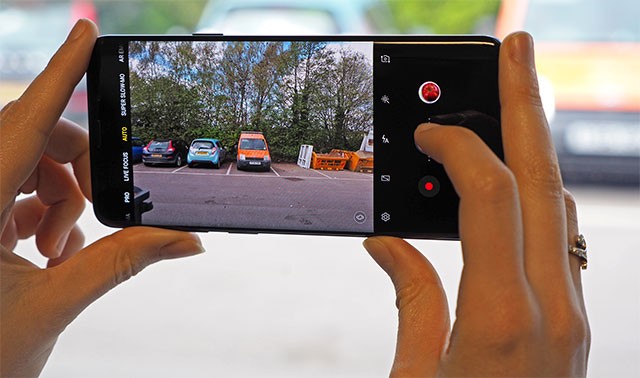
Image processing
What happens after you take a photo is just as important. Modern smartphones rely heavily on post-processing algorithms to improve the quality of the final image that reaches the user. These algorithms handle everything from noise reduction to HDR processing, color correction, and even computational photography techniques like night mode or portrait mode.
For example, Apple's iPhone is famous for its image processing capabilities, delivering consistently high-quality photos even with lower megapixel counts, showing that the camera's software can be just as important as the device's hardware.
Conclude
While megapixels are an essential aspect of a smartphone camera, they are not the only factor that determines image quality. A great smartphone camera setup with a good sensor, quality lens, and powerful image processing software will always produce better photos than relying on high megapixel counts alone.
When choosing your next smartphone, consider the entire camera system and how it performs in real-world situations, rather than just the megapixel count. That way, you'll likely end up with a device that offers a more versatile, reliable, and enjoyable photography experience.
Battery is an extremely important factor in smartphone user experience.
Many phone manufacturers have begun introducing devices with ultra-thin designs to test the market before deciding whether they can push it into a mainstream.
Samsung is a popular smartphone manufacturer with a product range covering almost every segment of the market under the Galaxy brand.
According to the official price list announced by Huawei itself, repairing the Mate XT Ultimate screen will cost up to 7,999 CNY, equivalent to 1,123 USD or nearly 28 million VND, equal to the price of an iPhone 16 Pro Max.
Taiwanese semiconductor group MediaTek has just officially introduced the Dimensity 9400+, the successor to the flagship chip line Dimensity 9400 launched last year.
There is a long-standing belief that magnets can damage electronic devices placed nearby.
To make your mobile hotspot stand out and be easier to find, you can give it a unique and distinctive name.
For a long time, phone cases have become an indispensable accessory for many smartphone users.
Understanding the iPhone LL / A code is essential. Discover what country it comes from, where the iPhone is made, and how to utilize this code effectively!
Learn how to exit Kids Home mode on Samsung devices, even when you
Discover the origin of your iPhone with TA / A code. Understand its quality and warranty policies.
Discover solutions for 16 common errors on Zalo! This guide covers causes and quick fixes to ensure a smooth experience on the app.
Are you busy and don’t want to be disturbed by Zalo message alerts? Follow these simple steps to turn off vibration and message alerts for Zalo on both iPhone and Android devices.
Discover everything about the iPhone KH / A code, its origin, and whether it is a reliable choice for users. This article offers insights into the iPhone and its market codes.
Diet is important to our health. Yet most of our meals are lacking in these six important nutrients.
At first glance, AirPods look just like any other true wireless earbuds. But that all changed when a few little-known features were discovered.
In this article, we will guide you how to regain access to your hard drive when it fails. Let's follow along!
Dental floss is a common tool for cleaning teeth, however, not everyone knows how to use it properly. Below are instructions on how to use dental floss to clean teeth effectively.
Building muscle takes time and the right training, but its something anyone can do. Heres how to build muscle, according to experts.
In addition to regular exercise and not smoking, diet is one of the best ways to protect your heart. Here are the best diets for heart health.
The third trimester is often the most difficult time to sleep during pregnancy. Here are some ways to treat insomnia in the third trimester.
There are many ways to lose weight without changing anything in your diet. Here are some scientifically proven automatic weight loss or calorie-burning methods that anyone can use.
Apple has introduced iOS 26 – a major update with a brand new frosted glass design, smarter experiences, and improvements to familiar apps.
Yoga can provide many health benefits, including better sleep. Because yoga can be relaxing and restorative, its a great way to beat insomnia after a busy day.
The flower of the other shore is a unique flower, carrying many unique meanings. So what is the flower of the other shore, is the flower of the other shore real, what is the meaning and legend of the flower of the other shore?
Craving for snacks but afraid of gaining weight? Dont worry, lets explore together many types of weight loss snacks that are high in fiber, low in calories without making you try to starve yourself.
Prioritizing a consistent sleep schedule and evening routine can help improve the quality of your sleep. Heres what you need to know to stop tossing and turning at night.
Adding a printer to Windows 10 is simple, although the process for wired devices will be different than for wireless devices.
You want to have a beautiful, shiny, healthy nail quickly. The simple tips for beautiful nails below will be useful for you.

